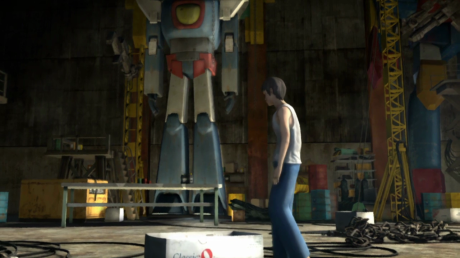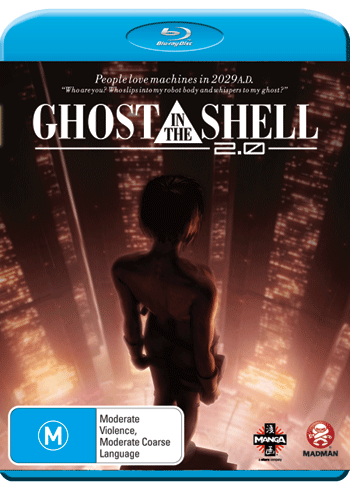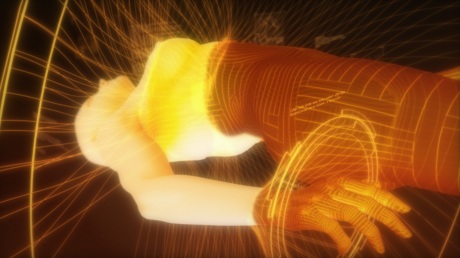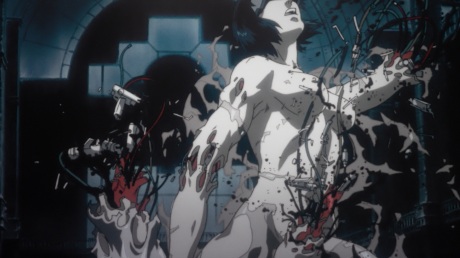Science fiction stories concerning artificial intelligence have been around for a long time, in fiction and film. Generally speaking, such stories have presented a fairly simplistic, and pessimistic, Frankenstein-esque scenario, which depicts the creation inevitably turning on its creator, humanity itself, with exceptions such as the I, Robot stories of SF guru Isaac Asimov. A more complex and morally ambiguous investigation into the rise of a new artificial “species” is needed, as it will be a key topic of debate during the decades ahead. Issues relating to how we define both life and sentience – especially in terms of the moral rights and social implications of such endeavours – seem set to become not only inevitable but vital for future survival.
As real-world scientists get ever closer to succeeding in the creation of self-aware “robotic lifeforms” – and leading figures in the scientific community, such as Stephen Hawking, warn that going down this path is a big mistake – it appears what was once fantastical speculation is set to become our new reality. The cultural zeitgeist reflects this, as always. Themes relating to the rise of artificial intelligence are appearing more and more frequently in TV shows and in movies — and as the artistic “debate” continues, hopefully the simplistic view of the issues involved will be largely abandoned for a more complex exploration of what it means to be not simply “human” or “robot”, but alive and aware.
Several recent films give notice of the trend. Ex Machina (UK-2015; dir. Alex Garland) is one, a trailer for which appeared at the end of 2014 and has recently been ungraded to an International version in preparation for the movie’s 10 April 2015 US release:
It will be interesting to see where this goes, beyond its obvious exploration of the nature of relationships in human society and how this might be affected by the existence of AIs. Ex Machina is, on this level, similar to Spike Jonze’s Her (2013), even if the general tone and approach is very different:
Just released is Chappie (2015), Neill Blomkamp’s fully robotic riff on Robocop, as he uses an action-film format to explore the development of a self-aware artificial intelligence in the titular character, and notes the impact of environment in that development.
Finally, another prominent AI-driven movie, one set to have a much bigger worldwide audience than all the above, is Avengers: Age of Ultron (US-2015; dir. Joss Whedon), also set for an April release. This one – inevitably, given the superhero context – is very much in the Frankenstein mode, though again it will be intriguing to see how Whedon develops the theme, and, of course, how he depicts Ultron himself. If nothing else, there is a certain believability to the robotic super-villain’s motivations, if we leave morality out of the mix, but where that leads in the Marvel Cinematic Universe may be different from its origins in graphic novel form.
More to come soon.






